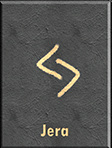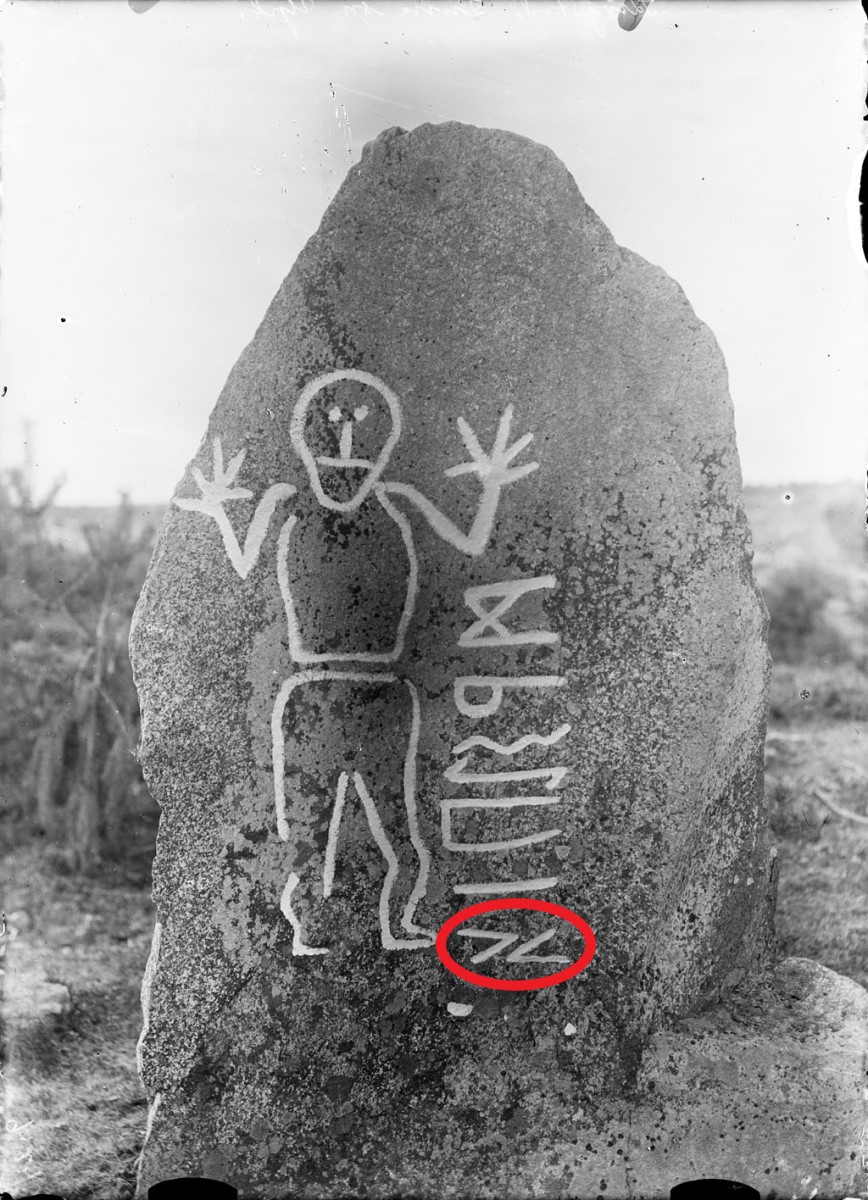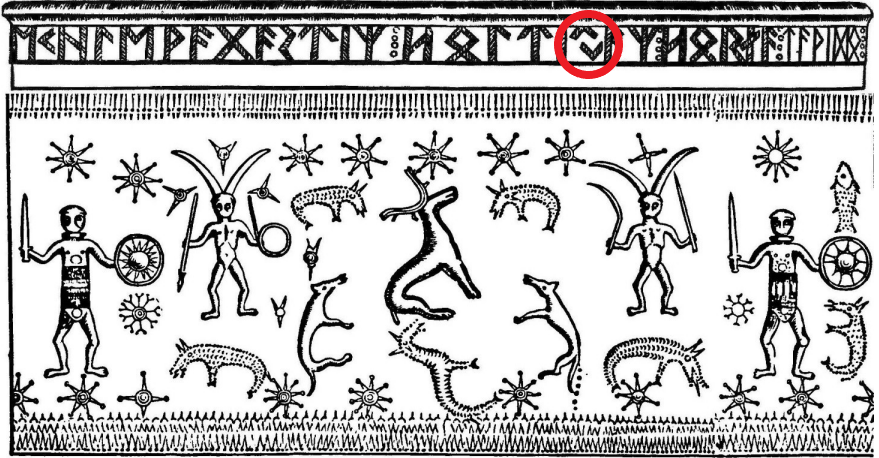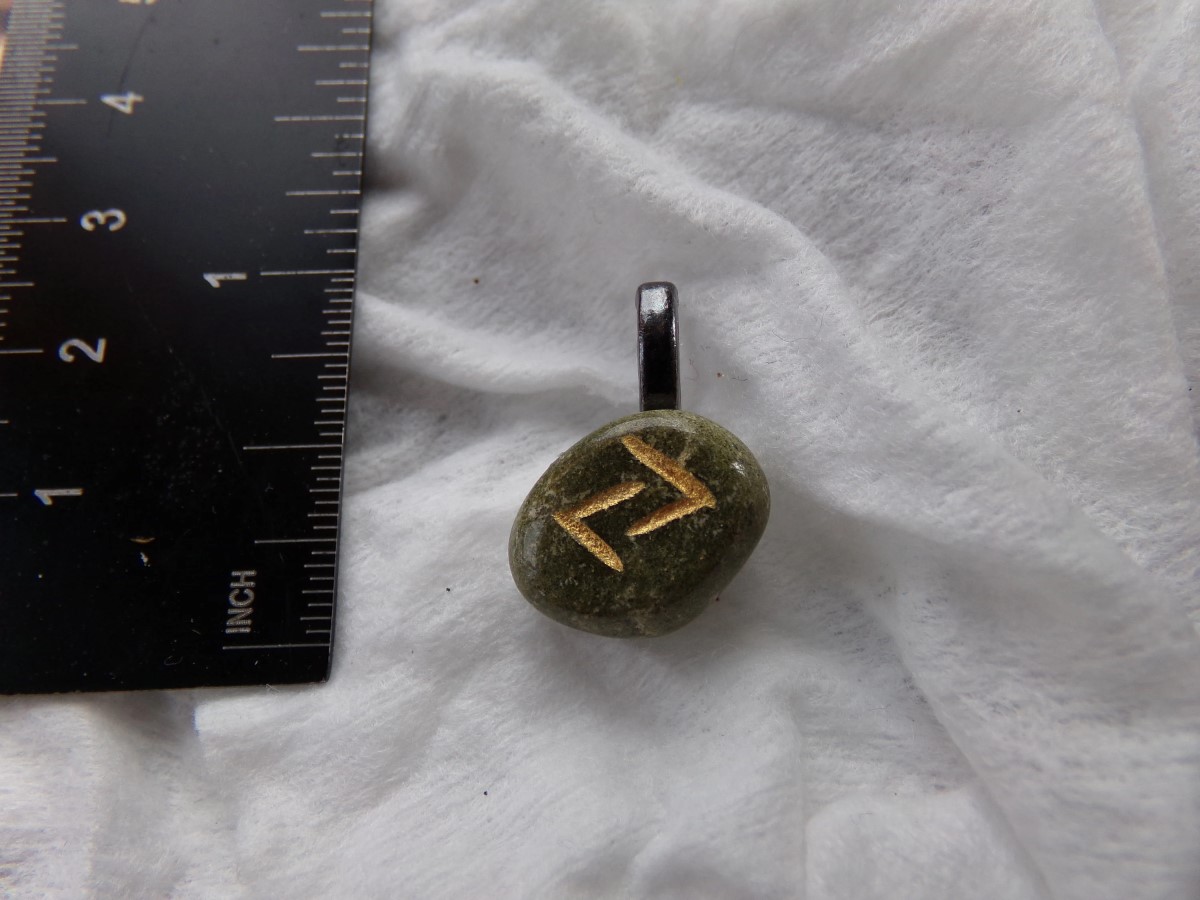Jera Rune – Norse Runes Examined in Depth
How to Pronounce Jera. (YERR – AH)
Jera – The 12th Rune

Jera: The Look and Sound
The jera rune is one of the 24 ancient Germanic symbols known as the runes. The jera rune represents the concept of harvest or abundance, and is often associated with fertility and good fortune. The jera rune is believed to bring luck and prosperity to those who use it, and is often used in spells and rituals related to agricultural concerns. In divination, the jera rune can indicate a time of plenty or a period of good luck. It can also suggest that a goal will eventually be achieved through hard work and patience.

Ancient Krogsta Runestone, Sweden
History and Usage
The jera rune is one of the most popular runes, and it is also one of the most ancient. It is believed to have originated in Scandinavia, and it has been found on artifacts dating back to the Bronze Age. The jera rune represents the cycle of the seasons, and it is often used to represent fertility and abundance. In rune readings, the jera rune can be interpreted as a sign of good fortune and prosperity. It can also indicate that a project or undertaking will be successful.

Lithograph of the runic poem on the Golden Horns or Gallehus
Legacy in Language
The jera rune is a symbol that represents the cycles of the year, specifically the harvest cycle. It is associated with fertility, bounty, and prosperity. The jera rune can also be interpreted to mean “peace” or “quiet.” In modern usage, the jera rune is often used as a symbol of hope and abundance. It can be found on jewelry, clothing, and other items. It is also used in witchcraft and Pagan rituals. The jera rune is a reminder that good things take time to grow and that patience is necessary in order to reap the rewards of our efforts.

Modern Jera Runestone pendant made of jade
